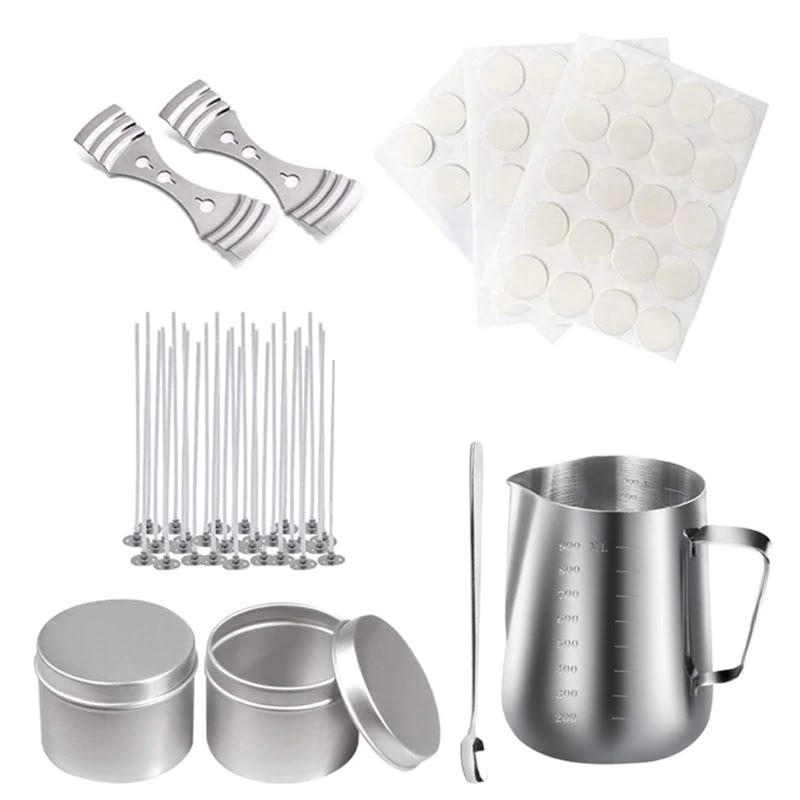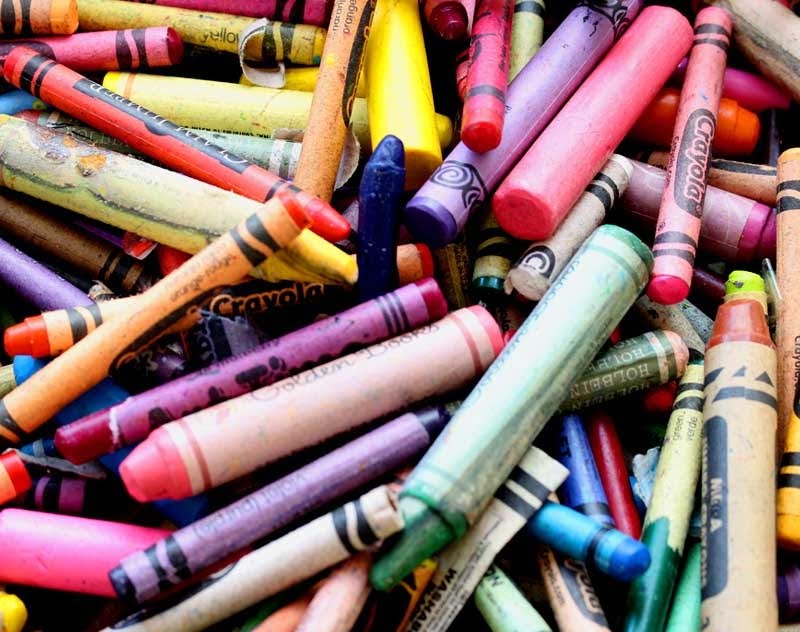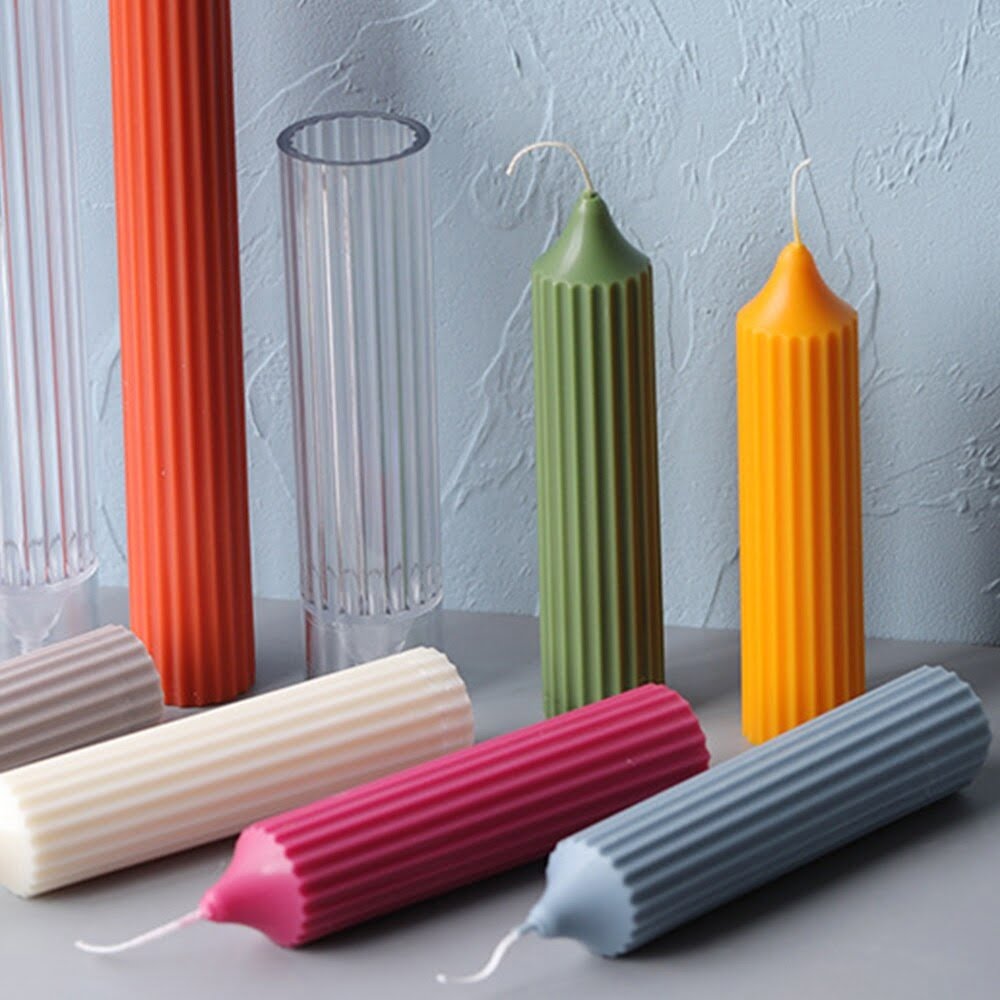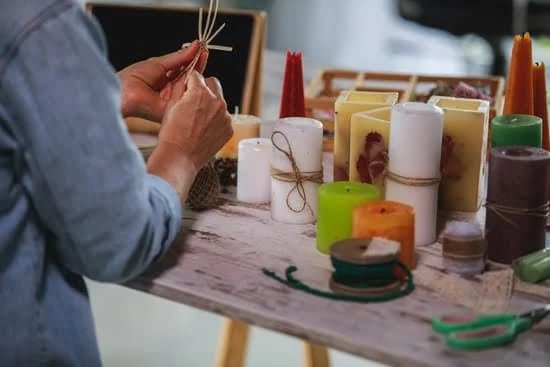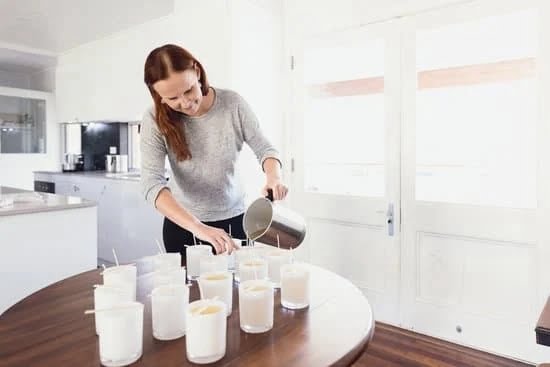Introduction
This project will provide second grade students with hands-on experience making their very own beeswax candles while exploring various aspects of sustainability and how it impacts the environment. This learning experience is a great opportunity for students to learn about the process of candle making, from gathering the materials to forming images with embedding objects like herbs or dried flowers. In this project, students will be able to use real beeswax and understand its importance in terms of conservancy and sustainability for bees since it is produced by their honey-making activities. Additionally, students can explore concepts such as understanding the lower environmental impact of beeswax compared to other forms of wax, the nutritional value in consuming honey products alongside an appreciation for pollinators. This lesson provides a great opportunity for second graders to engage and learn more deeply on concepts related to sustainability, reducing waste and natural resource management; all while having fun crafting unique candles with beeswax!
Supplies Needed
Supplies Needed:
• Beeswax – Can be sourced online or at a local craft store. Make sure to get quality wax, as it will impact the finished candle’s strength and color.
• Wax Melting Pot ” Can be find online or at your local craft store. It is important to find one that’s suitable for melting wax without burning it.
• Wick Sticks ” These are also available online or at most craft stores. They are used as the core of a candle, so make sure to buy enough for each project you have in mind.
• Candle Molds ” As you’ll be making your own candles, it’s important to get candle molds which will shape and support your finished product. You can find both plastic and beeswax molds; pick whichever suits your tastes best!
• Wick Tabs ” These are small pieces of metal which keep wick sticks from spinning in their mold when left unattended. They’re essential for making sure the end result looks neat and even!
• Scissors ” Essential for cutting wick sticks and trimming off excess wax from the top of a finished candle
Step By Step Directions
Making your own candles from beeswax is a fun and creative activity for second graders to do. Before you begin, however, it is important to take safety precautions. It is best to wear safety glasses when working with hot wax and open flames.
To begin the process, you’ll need one pound of beeswax pellets, some strips of cotton or natural fiber wick (enough to make several candles), a glass bowl, a hotplate or stovetop, and several candle containers such as mason jars.
Start by melting one cup of the beeswax on the stovetop or hotplate. It should only be heated until it is soft enough to pour into containers. Once melted, measure out equal quantities into each jar and allow them to harden for at least two hours.
When the pellets have hardened fully insert an equal length of wick into each container. Trim any excess wick off the top before lighting up your newly-crafted homemade beeswax candles!
Before touching any of the containers once they are lit, make sure that they are cool to the touch so you don’t burn yourself! Popular mistakes to avoid include not trimming the wicks after they are poured or not letting them cool completely before attempting to light them up again. Plus make sure that you are listed in a well-ventilated room or outside when burning candles as this will help prevent small particles of smoke entering your lungs which can be harmful if done too often!
Benefits of the Process
Making beeswax candles from scratch can be a wonderful activity for 2nd grade students. This craft teaches important skills like planning, problem solving, using their imagination, and working with materials. The process introduces them to the environment, nature, and the natural world around them.
Students will learn that it takes bees to make this special wax. They will explore how honeybees require nectar from flowers to make honey, which is stored in the hive’s comb cells as a food source during winter. Beeswax is made when these cells are capped by bees with a thin layer of wax secreted from glands on their abdomen.
As students follow step-by-step instructions to make their beeswax candles they will apply any research they have learned about honeybees in utilizing this knowledge and skills problem solving as issues arise during crafting process such as adding wick or fixing melted wax. Along with the tools (e.g wax molds) be sure to provide each student with enough material for several tries so that trial and error comes into play and members do not get frustrated if something does not come out perfect the first time around!
Ultimately, making beeswax candles can serve as an important learning experience for 2nd graders that allows for constructive play and self expression while teaching valuable lessons about creativity, sustainability, and understanding our environment in an up close manner ” how exciting!
Conclusion
This project was an enjoyable adventure in learning that allowed 2nd grade students to gain experience making a candle from beeswax. The students first gathered the materials needed to make the candle, including wax sheets, pre-made wicks, and containers. They then cut the wax into small pieces so they could be burned more easily. After that, they placed the wick and wax in a container and lit the wick with a lighter. Lastly, they poured additional melted wax around the flame to create their very own finished candle. The children were amazed to see how quickly and easily their candles had been made from scratch, as well as being fascinated by the scents of honey and natural beeswax that resulted from this project.
Not only has this project gave 2nd graders a sense of accomplishment in having created something with their hands, but it also inspired further exploration into eco-friendly practices and ways to support sustainable bee populations. This could have various follow-up activities such as visiting a local apiary or creating art projects related to wildlife conservation. Alternatively, children could use decorated bits of colored wax or other creative items like confetti to further customize their candles for special occasions or gifts for friends and family members!

Welcome to my candle making blog! In this blog, I will be sharing my tips and tricks for making candles. I will also be sharing some of my favorite recipes.

